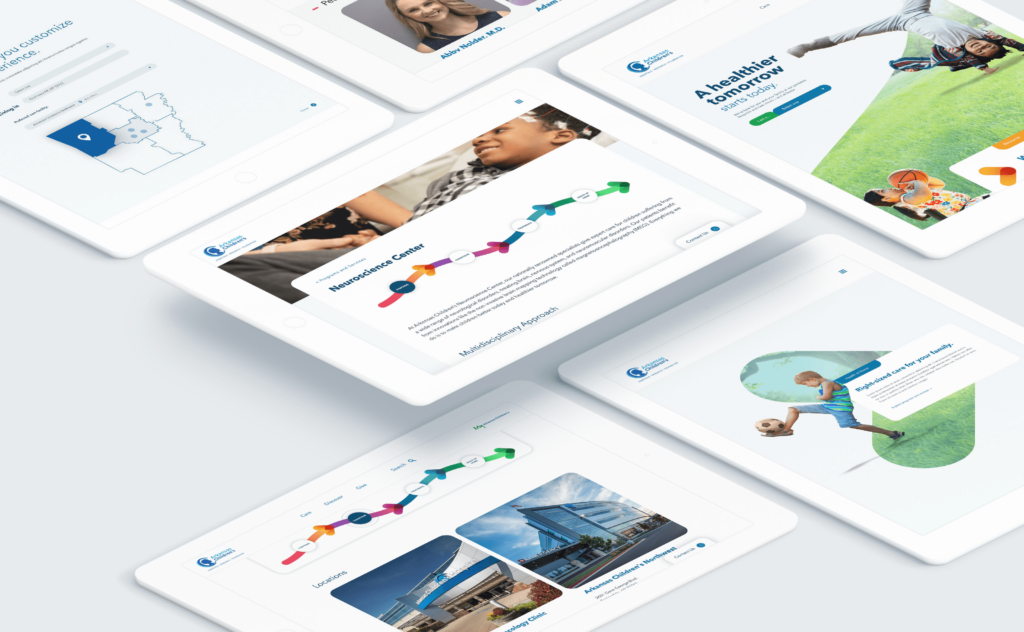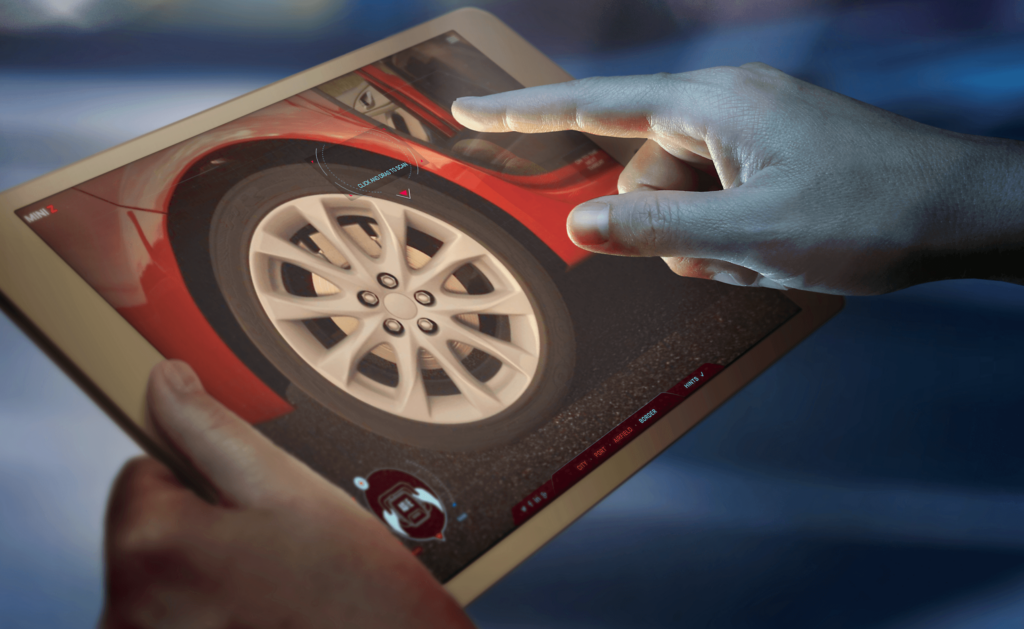I had my hip replaced in 2015. Too much competitive racquetball they told me.
The surgery was successful and I’m moving better than ever, but when my wife needed a knee replacement earlier this year, it didn’t even cross my mind to recommend my surgery center to her.
Not because they were bad. They got the job done well. I just simply… didn’t think of it.
And that’s the problem.
This all hit me like a rogue racquetball ball last month at SXSW. We hosted a panel with healthcare and customer experience pros, and one truth came through loud and clear: in healthcare, the patient is just another transaction.
Let that sink in. An industry literally built on caring basically forgets about you once you’re out the door.
Contrast that with other industries. You buy a pair of socks and suddenly the internet knows everything about the socks you like. And the relationship begins: emails, personalized ads, websites that remember your shoe size. Some might say it’s slightly creepy, but you have to admit it’s wildly convenient – and it works.
Meanwhile, after my hip surgery, I was left to fend for myself. I didn’t receive a single call or email in the months and years after my hip replacement. No “Hey Dan, how’s the new hip treating you?” No check-in on the *other* hip, which was already grumbling. Nothing. It’s like I ghosted my surgeon, but they ghosted me first.
And it starts even earlier than that – long before doctor visits and surgeries. You visit a healthcare website that has no idea what you are trying to do. Absolutely none. You spend hours getting nowhere so you just end up on Google.
I’m really not trying to be overly negative here. The system is stretched and there are incredible people doing incredible work in healthcare, but the gap between healthcare and the rest of the experiences we have come to expect as consumers is widening and becoming increasingly difficult to navigate.
At SxSW, Patches Seely, a panel speaker, summed it up with one question – “who’s the quarterback of your care?”. Who is connecting all the disparate pieces of the healthcare experience and putting them together? Right now, there is no quarterback. Or at least not a good one. Patients don’t have enough information or access to make the best decisions for themselves and providers don’t have the structure or processes in place to help people at the individual level.
And that’s exactly what’s missing – the individual touch. Wealthy individuals know that. Concierge medicine is growing annually by about 10% year over year. When you’re one of only a few patients, the communication is personalized and there’s no question about who the quarterback of your healthcare experience is. You’re paying top dollar for one.
But rather than linger on any distaste the concierge approach might leave in your mouth, let’s think about how we can bring the personalization of a concierge experience to the mainstream.
Let’s be real – we’re not going to solve this by cloning more clinicians. Try calling your PCP for a physical. You’ll be waiting weeks, probably months. What we can do is redesign the system around care so people feel more in control, more supported, and less stuck. And that transformation begins in two key areas:
- Build a Personalization-Ready Tech Stack
If you want to deliver personalized healthcare experiences, your website has to be running on something current. Start with a modern CMS, a flexible content structure, and a game plan for adapting to each visitor. No more “one-size-fits-nobody” experiences.
- Create Patient and Caregiver Personas
Don’t try to customize *everything* for *everyone* on Day One. Pick one service line – maybe one you want to grow – and map out what that patient and their caregiver go through. It’s a low-risk test to judge how quickly you can see the gaps (and the opportunities).
Healthcare won’t change overnight. But every step toward a more personalized, patient-centered experience is a step toward better care, better decisions, and better health outcomes. Not to mention improved business outcomes for providers.
Patients shouldn’t be left to fend for themselves with the decisions they’ll have to make. They shouldn’t have to be wealthy to feel like their healthcare experience is connected and intentional. And they certainly shouldn’t have to quarterback their own care without the right tools in place.
If you’re ready to give patients the experience they deserve, White Rhino’s here to help. Our Personalization-Ready Tech Stack Assessment & Roadmap and Patient & Caregiver Persona Sprint are great first steps.
Together, we can give patients a better playbook.


